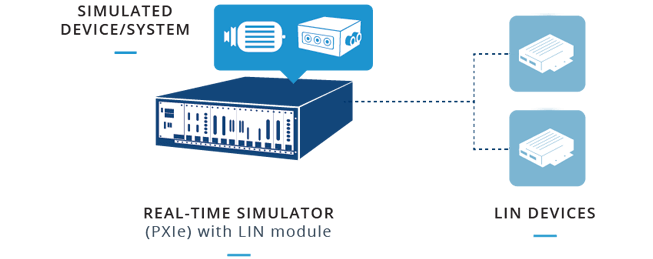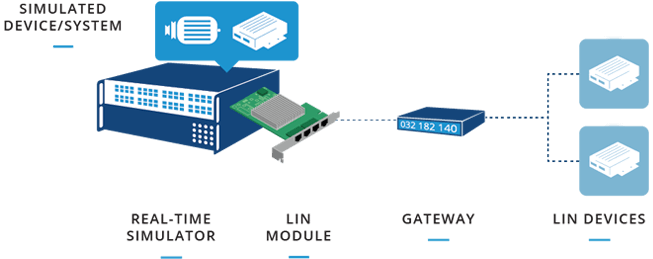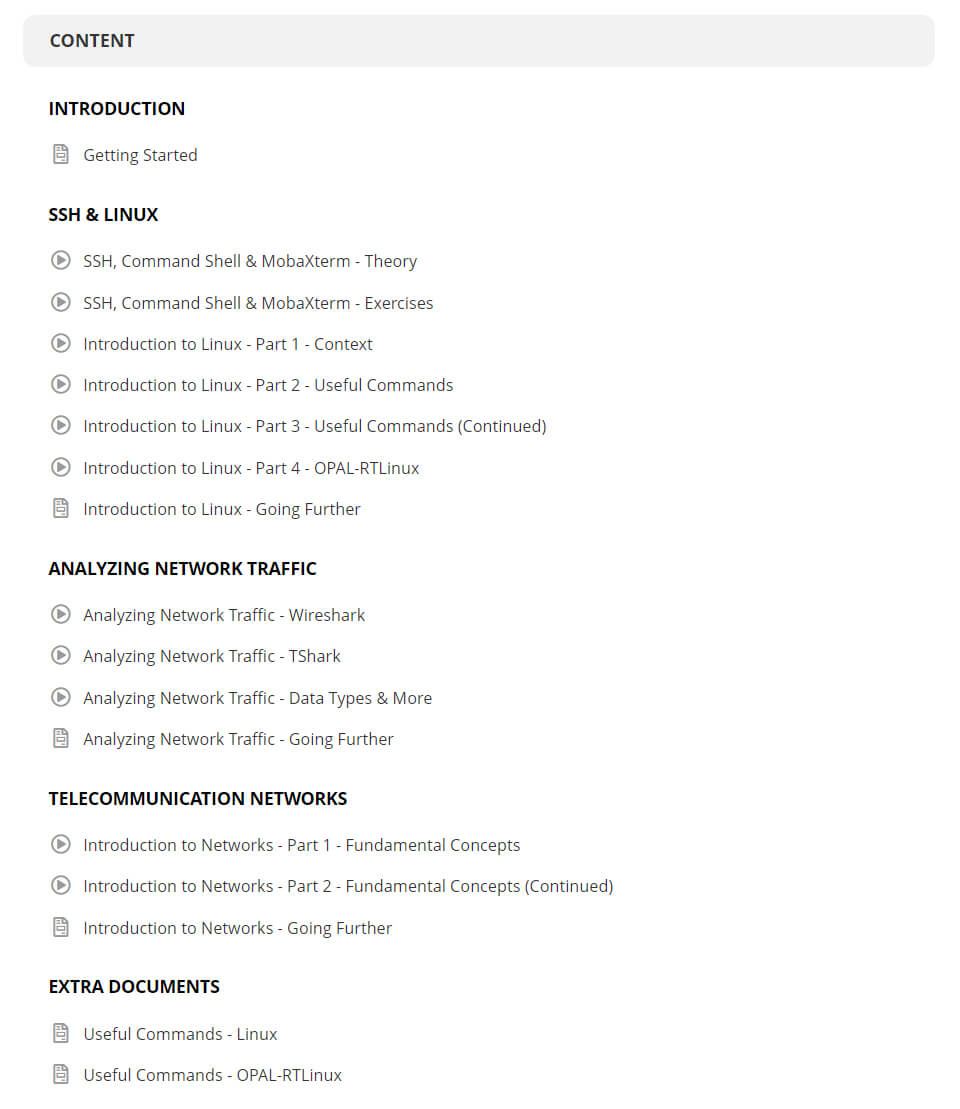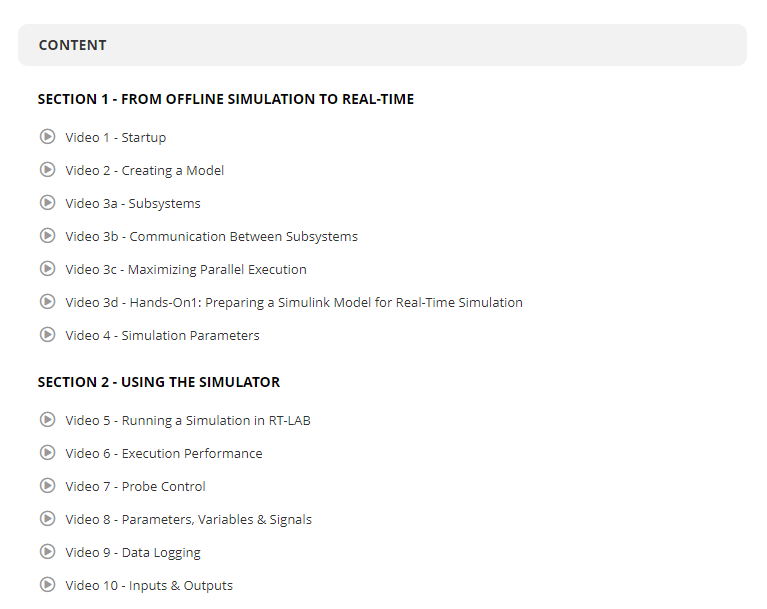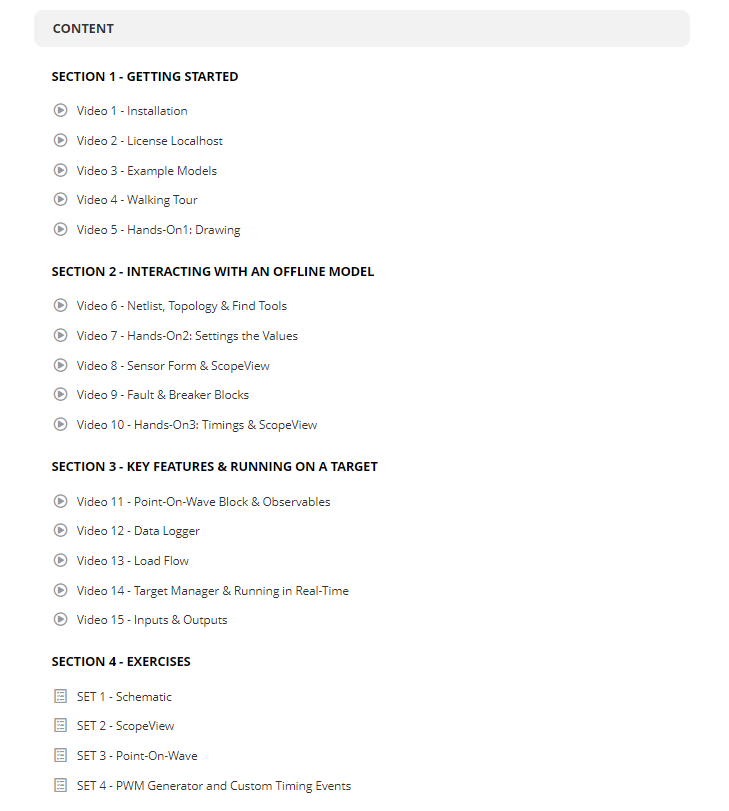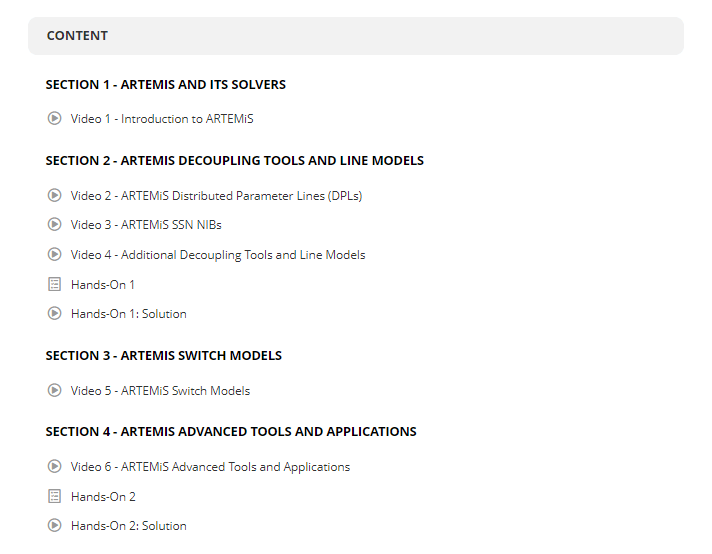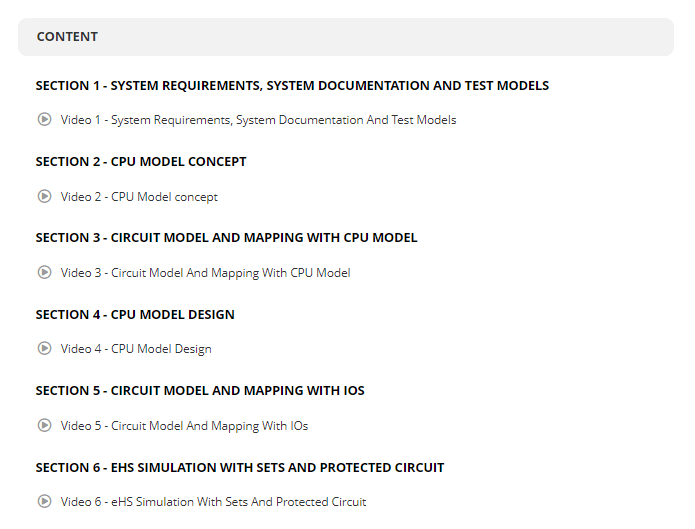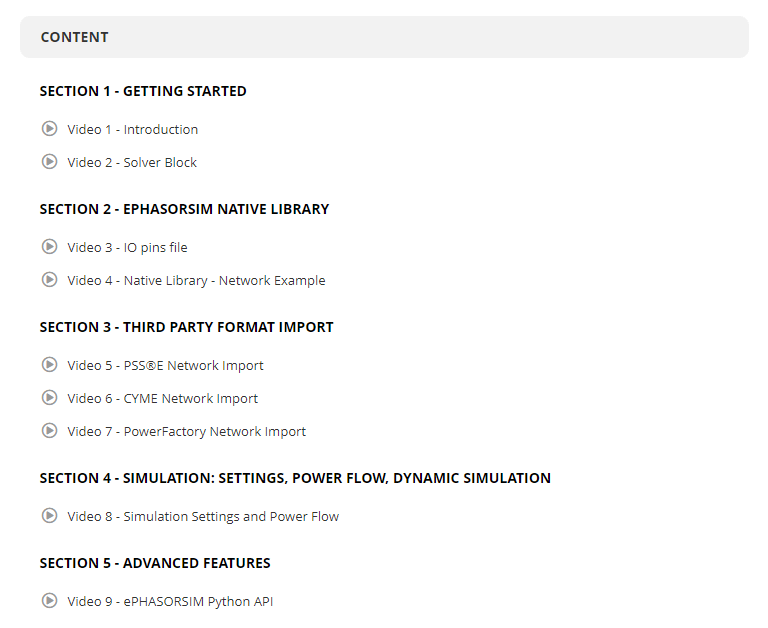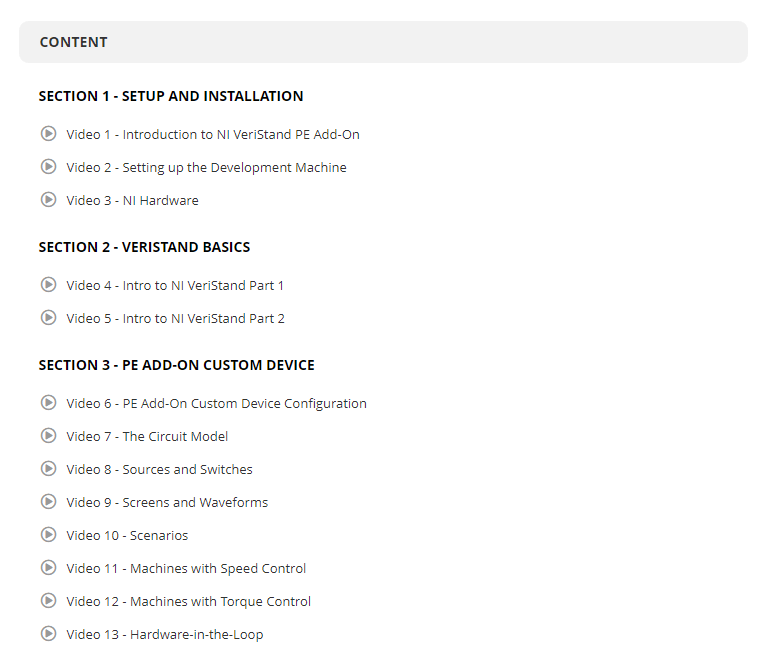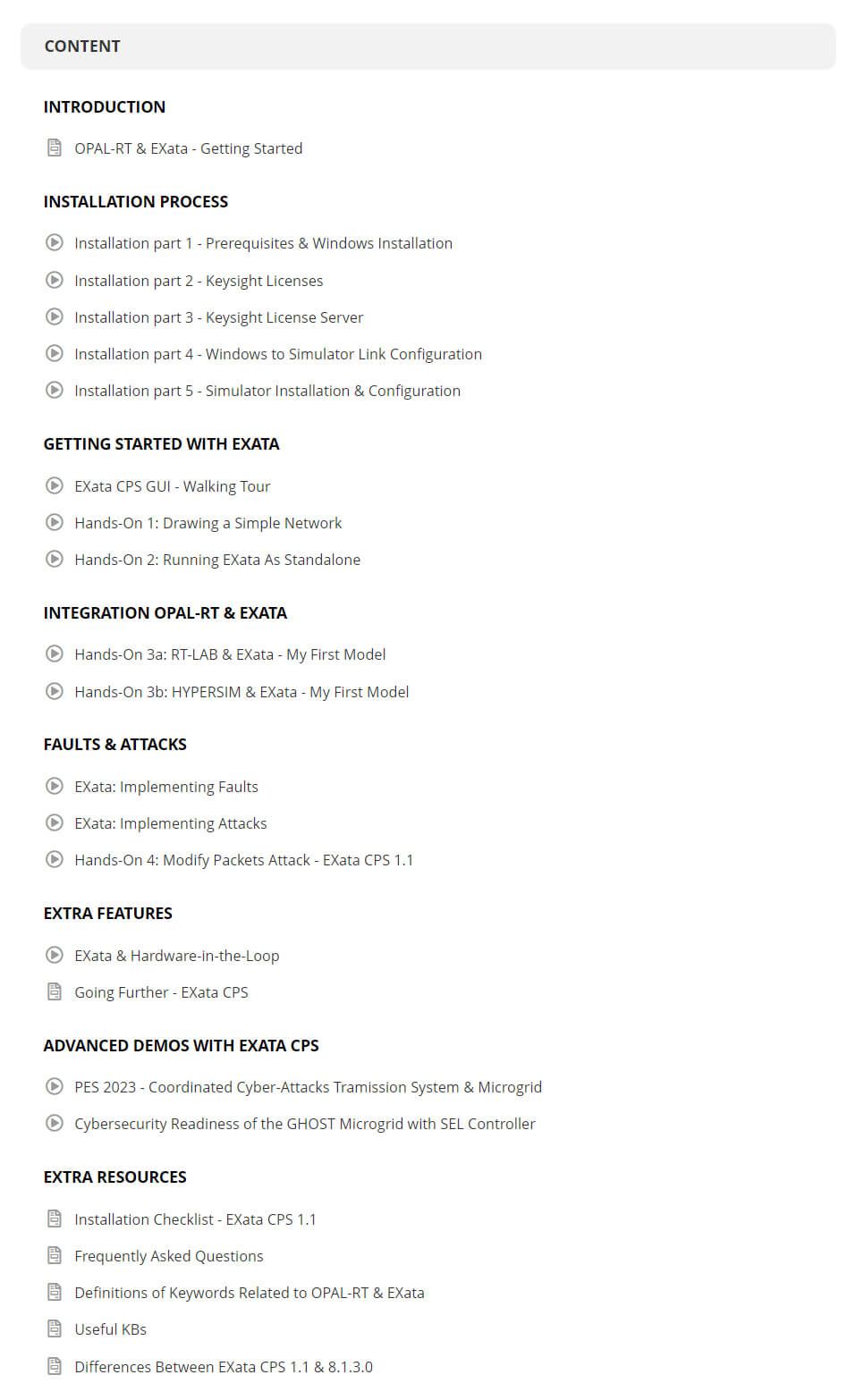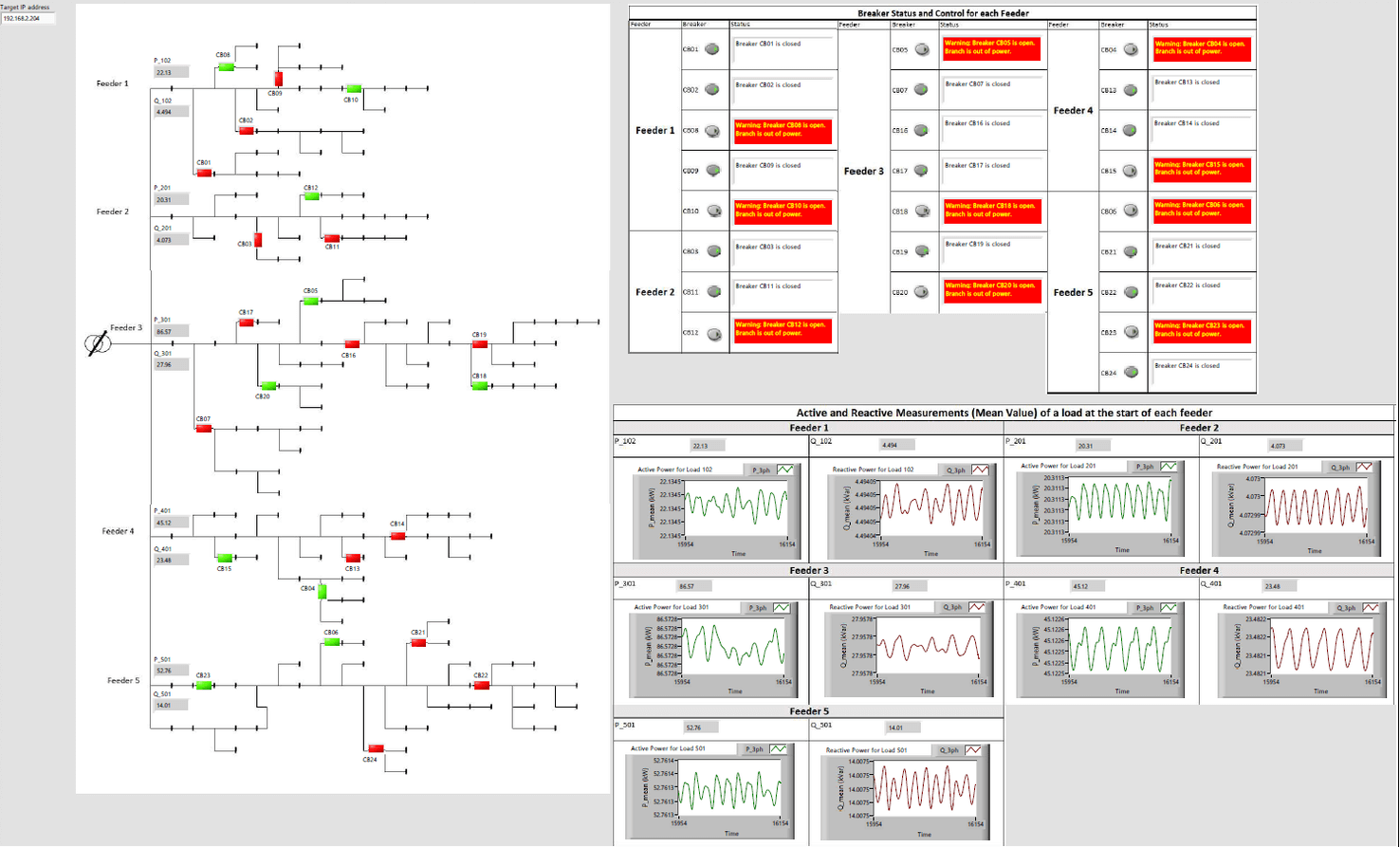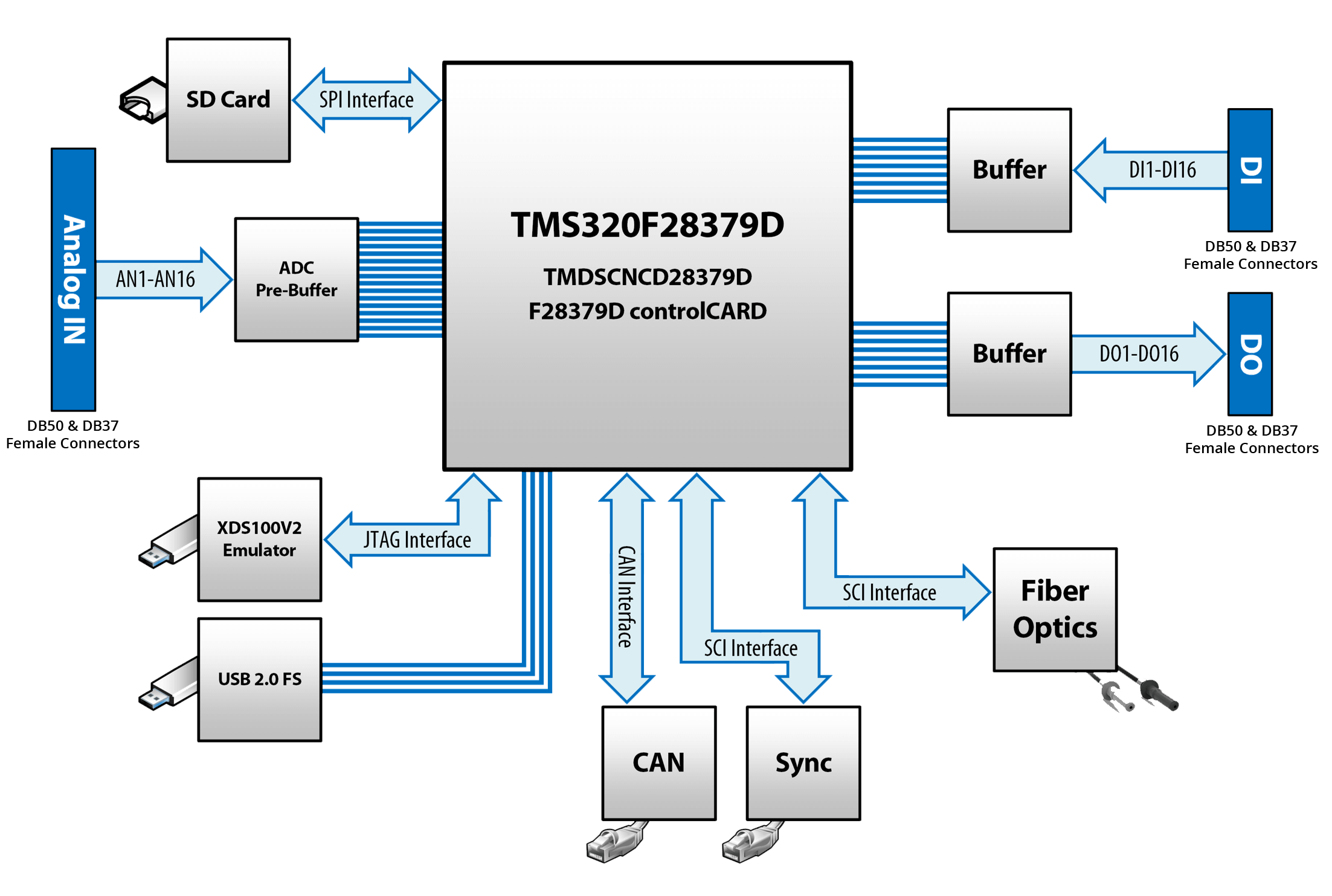Our Solution
Opal-RT's LIN protocol solution is offered on NI or RT-LAB platforms.
The solution on the RT-LAB platform requires a Gateway device to link a LIN device to a CAN port on an Opal-RT simulator. The LIN device should be able to convert LIN messages into CAN messages, and vice versa. This allows an Opal-RT real-time simulator to communicate with a LIN device in a variety of setups (RCP, HIL). a gateway solution can come in a variety of forms, what we recommend, is the IXXAT FRC-EP 170 or 190 Gateways. These gateways allows you to convert the two protocols, via IXXAT's ACT Software, in either direction. The user may upload their LDF (LIN Description File) on the IXXAT device, and it will convert it into a CAN DBC file (CAN's description file type) - allowing you to upload it on the simulator, thus achieving a common description of the communication bus architecture in two different protocols.
The solution on the NI PXI platform is supported via a range of cards or modules that are offered. LINE 1.3, 2.0, and 2.1 are supported. Using the NI-XNET driver allows the user to communicate with external LIN devices in real-time. The architecture of the LIN bus along with the timing schedule of the messages can be described by the user in VeriStand.
About LIN protocol
LIN consists of one master device and 1 or more slaves. The master device sends all the messages, and maximum 1 slave responds at a time to a give message identifier. Since the master is what initiates the communication, there is at timing schedule set out in the bus description, and collision detection needs to be implemented. The Protocol is cheap to implement, and is used in the automotive industry for communication between car components.
Platform Compatibility
Product Guide
Visit the communication protocols product reference guide to learn more about the communication protocols, including product lists, and to access user documentation.

